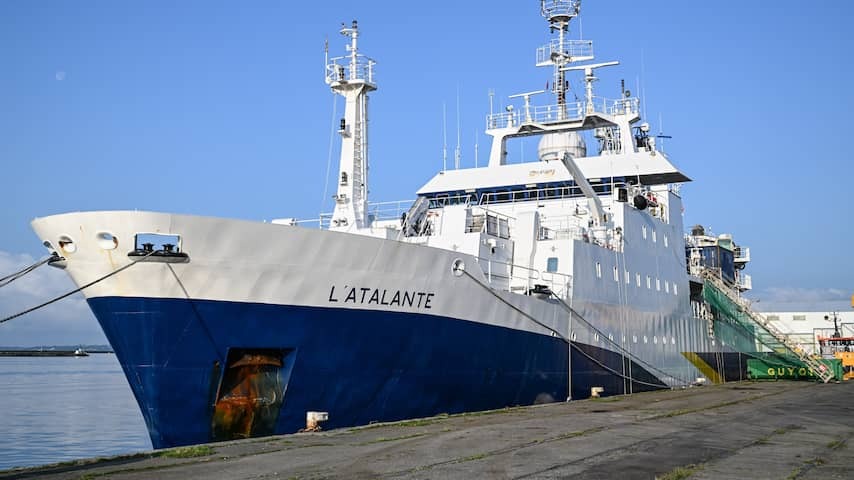
Tijdens een zoektocht naar mogelijk honderdduizenden vaten met nucleair afval hebben onderzoekers tot nu toe duizend vaten in de Atlantische Oceaan gevonden. Het doel van het onderzoek is om de impact van dumpingen tussen de jaren vijftig en tachtig in kaart te brengen.
In die tijd waren dumpingen van kernafval nog toegestaan. Verschillende Europese landen dumpten meer dan 200.000 vaten kernafval in de Atlantische Oceaan. Maar het is niet goed bijgehouden waar het kernafval is gedumpt en om wat voor afval het gaat. Er is bezorgdheid over de effecten van radioactief afval op het ecosysteem op de zeebodem. Het Franse onderzoek Nuclear Ocean Dump Site Survey Monitoring probeert daar nu achter te komen.
De duizend vaten lagen zo’n 600 kilometer van de Franse kust in de Atlantische Oceaan, meldt het Franse Nationale Centrum voor Wetenschappelijk Onderzoek. Het internationale onderzoeksteam op het schip L’Atalante probeert in deze eerste fase van het onderzoek in vier weken tijd de locaties van de vaten te vinden en monsters van de bodem en het water te nemen.
Het is nu nog niet bekend hoeveel radioactiviteit er vrijkomt uit de vaten. Ook is onduidelijk wat de staat van de vaten is. Later dit jaar wordt in een tweede fase de radioactiviteit en impact op het ecosysteem geanalyseerd.
Verschillende Europese landen dumpten het kernafval tussen 1949 en 1982, vaak op meer dan 3 kilometer diepte. “Diepzeebodems, waarvan men destijds dacht dat er geen leven was, leken een geschikte stortplaats”, vertelt projectleider Patrick Chardon. Destijds was het lozen ervan in internationale wateren nog niet illegaal. Maar sindsdien is kennis over de bodem van de oceaan verder toegenomen en is ontdekt dat er zelfs kilometers diep iets van leven is.
Het Verenigd Koninkrijk zou in die jaren meer dan 140.000 vaten onder water hebben gedumpt, België zo’n 55.000 en Frankrijk rond de 46.000. Pas sinds 1993 is dit verboden.
During a search for possibly hundreds of thousands of barrels of nuclear waste, researchers have so far found a thousand barrels in the Atlantic Ocean. The aim of the research is to map the impact of dumping between the 1950s and 1980s.
At that time, dumping nuclear waste was still allowed. Several European countries dumped more than 200,000 barrels of nuclear waste in the Atlantic Ocean. But it has not been properly recorded where the nuclear waste was dumped and what kind of waste it is. There is concern about the effects of radioactive waste on the ecosystem on the seabed. The French research Nuclear Ocean Dump Site Survey Monitoring is now trying to find out.
The thousand barrels were located approximately 600 kilometers from the French coast in the Atlantic Ocean, according to the French National Center for Scientific Research. The international research team on the ship L’Atalante is trying to find the locations of the barrels and take samples of the soil and water in this first phase of the research, which will take four weeks.
It is not yet known how much radioactivity is released from the barrels. It is also unclear what the condition of the barrels is. Later this year, the radioactivity and impact on the ecosystem will be analyzed in a second phase.
Several European countries dumped nuclear waste between 1949 and 1982, often at depths of more than 3 kilometers. “Deep-sea bottoms, which at the time were thought to be lifeless, seemed like a suitable landfill,” says project leader Patrick Chardon. At the time, dumping it in international waters was not yet illegal. But since then, knowledge about the bottom of the ocean has increased and it has been discovered that there is life even kilometers deep.
The United Kingdom is said to have dumped more than 140,000 barrels underwater in those years, Belgium around 55,000 and France around 46,000. This has only been prohibited since 1993.